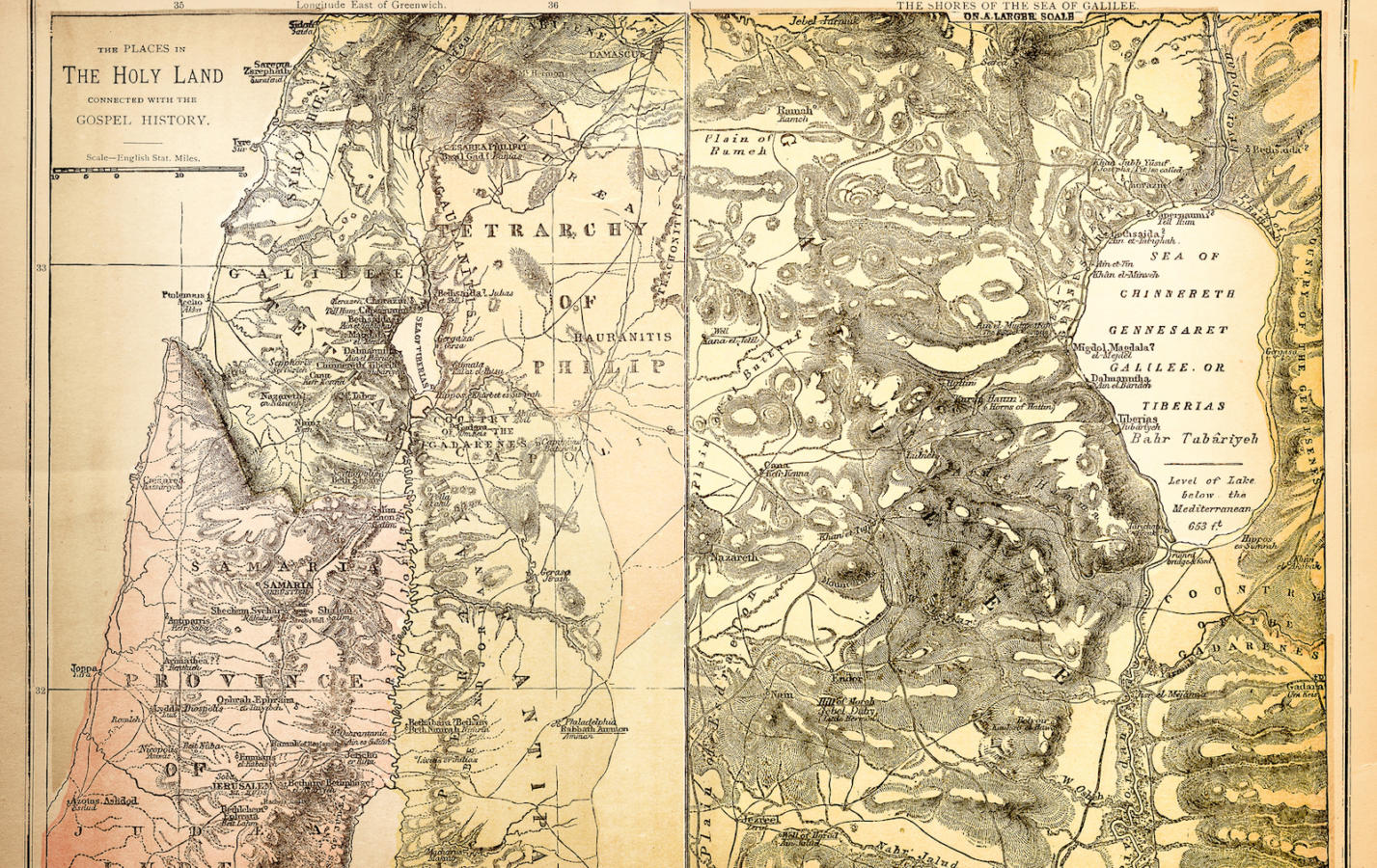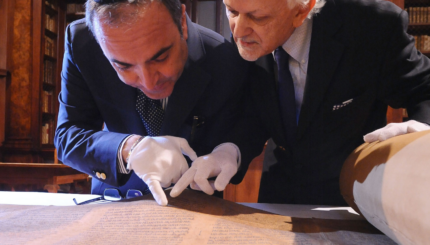Commentary on Parashat Masei, Numbers 33:1 - 36:13
It is probably not coincidental that Matot and Masei are more frequently joined together than any other portions in the annual cycle of readings. Some will say that it is a coincidence of the calendar. I would argue that the Rabbis chose this combination because of its message; the oaths that are listed in Parashat Matot help prepare us for the recollections of the journey of Israel in Parashat Masei.
A perfunctory read of Masei suggests that it is a straightforward recounting of the journey of the ancient Israelites in the desert, a sort of after-the-fact itinerary. It reads like the same kind of retelling that anyone might do following a own trip. One after another, “We went here and this is what happened.”
But this is no simple slide-show of scenic stops along a vacation route. Rather, it is really a recounting of the miracles that Israel experienced in the desert, contextualized by the redemption from Egypt at the beginning and the anticipation of a Land of Promise at the end.
Much like our own lives, the journey of our ancestors was divided into segments. In fact, there are 42 segments that are identified in this recounting, 42 opportunities to experience the Divine on the journey. And much as we do before we take a step into the future, we relive the past, how we got to this place.

Help us keep Jewish knowledge accessible to millions of people around the world.
Your donation to My Jewish Learning fuels endless journeys of Jewish discovery. With your help, My Jewish Learning can continue to provide nonstop opportunities for learning, connection and growth.
What is most important is the lesson that this Torah portion teaches. Each step along the way is framed in reflection of the relationship with the Divine. Each step acknowledges the presence of the Divine–the participation of the Divine–in our journey.
What is striking, however, is that what would be the paradigmatic experience–the revelation at Sinai, which really acts as a measuring for everything else–is missing from the listing. One commentator, Rabbi Mordechai HaCohen, in his volume Al HaTorah, suggests that “once the Torah was given it became timeless and cut loose from any one place: every moment is its moment and every place its place.” In effect, therefore, it became embedded in each step of the journey and didn’t need to be separated out. Once revealed, the Torah became the roadmap for the journey–as it is for us today.
The journey in the desert evolved. We didn’t know what we would encounter between Egypt and Israel. Our lives are an evolving journey. We know not what we will encounter between our narrow places of Egypt and our promised lands of destination.
More than many others, the presence of God–the actual miracles of God–is acknowledged throughout this portion. That is why the oaths in Mattot are so important. They initiate our connection that is then realized in the recounting in Masei.
The Israelites noted the miracles in their lives and shared them with us through this recounting across hundreds of generations. We must do the same. As we experience the miracles of everyday living, we shouldn’t be afraid to share them with others or acknowledge the Source of these miracles as we share them.
This commentary is provided by special arrangement with Big Tent Judaism, an organization dedicated to creating a more open and welcoming Judaism.



